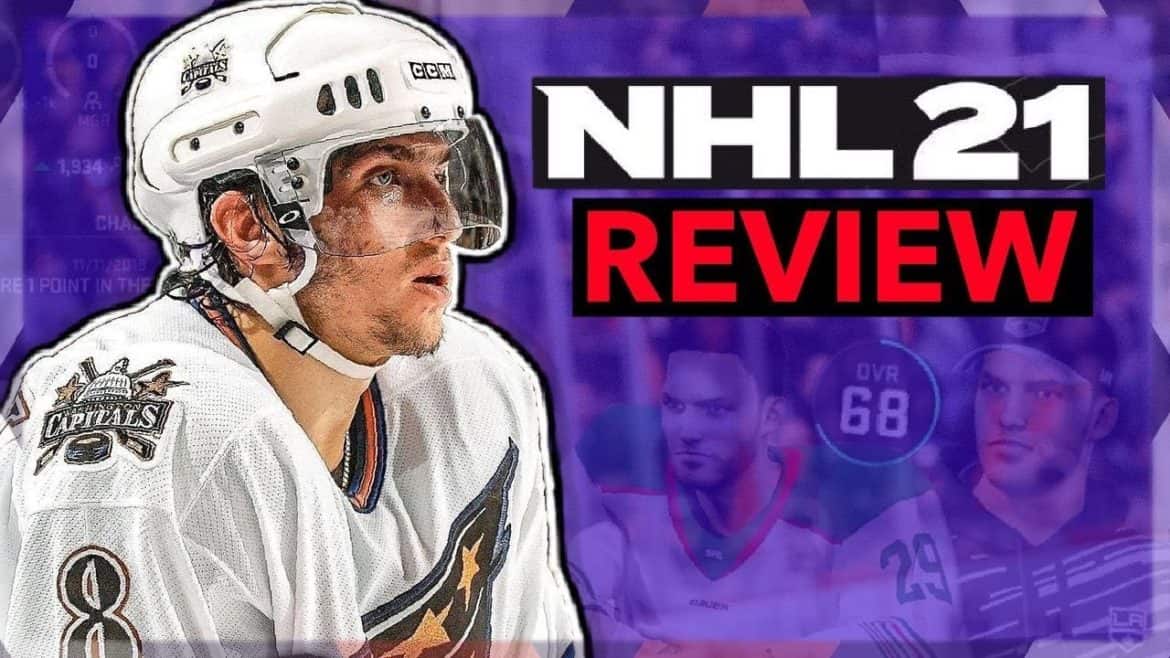
EA normally releases new NHL games during the Stanley Cup playoffs when the sporting world is focused on hockey, but complications due to COVID-19 led to a delay for NHL 21. The Tampa Bay Lightning won the Stanley Cup weeks ago, and as a result, ice hockey has escaped the wider public sports consciousness as other leagues take hold. But NHL 21 is a compelling reason to care about hockey again, as this year’s game delivers a major improvement to the story mode, adds a flashy new arcade-style mode in HUT Rush, and makes the on-the-ice gameplay better than ever thanks to a series of new skill moves that let you play with more style.
Be A Pro 2.0
The biggest new addition for NHL 21 is the expanded and improved Be A Pro. After NHL 20 delivered basically no updates on the career-focused mode, NHL 21 offers a huge step forward thanks to a cinematic-style campaign of sorts, where you create a character and guide them through their career, beginning in either Europe or the Canadian Hockey League and competing for a spot in the NHL. The story beats play out through non-voiced dialogue sequences and cutscenes with coaches, media, and teammates. The main choices you make come from the Team or Star paths, and both have pros and cons to consider as you weigh your options to shape your career in the way you want to.
As an example, my agent called me to ask if I wanted to attend a charity event for a wildlife protection company. I chose the “Team” response, and my brand rating improved because the simulation suggested my fans would see this as a sports star being humble and genuine. However, choosing this option came with a negative effect, too, as my agent told me it was a noble choice but I should also plan for my life after hockey and try to make as much money in my prime as possible. I enjoyed the struggle of making these choices, and I found myself choosing one option and then loading a previous save to see how things would have played out differently. The choices you have to make can be real head-scratchers and they generally seem believable and taken from real-world headlines. But while the conversation system and cutscenes are generally enjoyable and a step up from the past iterations of Be A Pro, they are at times very cheesy and contrived, so the conversations and their impact don’t always resonate.
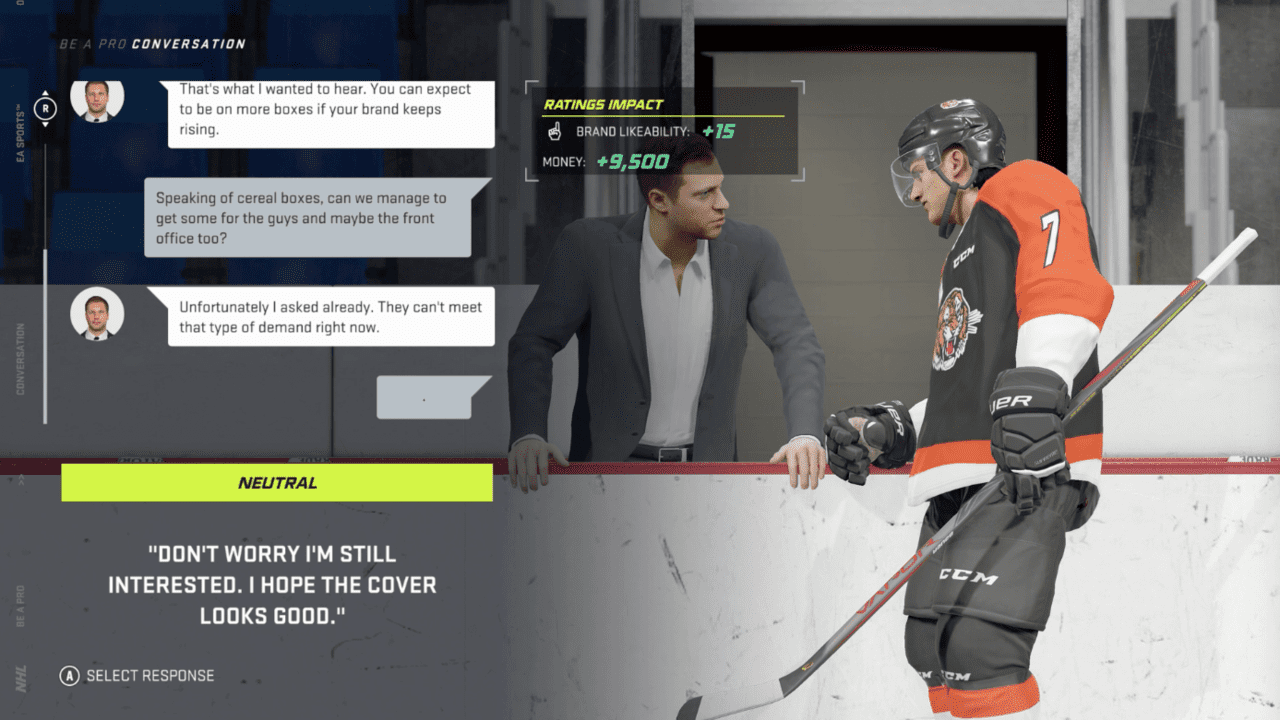
I started my Be A Pro season in the Canadian Hockey League’s Memorial Cup, and it was an enjoyable challenge to start my career as a low-level, poorly rated player who had to compete well with what few shifts I was given to win over my coach and teammates. Very few hockey players have a meteoric rise; it’s often a slow grind, and this is faithfully represented in NHL 21’s Be A Pro. The aim is to make it to the NHL by performing well enough to get signed by a team in the draft. To that end, NHL 21’s Be A Pro mode delivers a multitude of feedback systems to help you improve. During games, a coaching system gives you live feedback about how you’re performing and what you need to do better. After each game, a detailed statistics page populates with even more information and shows you sliders that represent how much further you need to go to improve.
You can tailor your player to your liking with NHL 21’s skill tree system, allowing you to decide what type of player you want to be and then building a skill profile that focuses on anything you want. As I got better and better, I enjoyed seeing my player grow and evolve with their OVR rating rising, and the intuitive feedback systems helped me to understand what to prioritize to become a better player and teammate.
The rest of what makes Be A Pro so great this year are the more subtle improvements and attention to detail. There is a new radio show featuring NHL 21 commentator James Cybulski, who is a radio host in real life. It plays while you’re moving through the menus and completing tasks like assigning skill points, checking the calendar, and tracking your progress, and it’s exciting to hear Cybulski speak about what happened during the previous week and shower you with praise or discuss your less-than-ideal performance with his witty and informative commentary. It’s a natural-sounding broadcast show, complete with Cybulski taking callers and flubbing his dialogue in some cases just as it would happen in real life.
There is also a new Salary Perks option that lets you decide what to do with your earnings, which can become significant as you progress through your NHL career. Some of the options include supporting charities, buying cars and houses, or even investing your money into app development, and they impact your player’s ratings, which further encourages you to invest in your player’s life off the ice. For example, buying a sports car gets you a limited-time buff toward speed on the ice, while hiring a lawyer gets you +2 aggressiveness, which is pretty silly but fun to see at the same time.

NHL 21’s Be A Pro mode is a far cry from the Longshot and The Journey modes from EA’s Madden and FIFA games, respectively–which are far more fleshed out and include voiced dialogue–but what is there for NHL 21’s Be A Pro mode is entertaining and feels like a first step, and one that I hope EA builds upon in the future.
Dangle Game Upgrades
On the ice, NHL 21 excels yet again. The big new additions to the gameplay mix this year are a series of skill moves that make NHL 21 even more true-to-life and faithful to where the real NHL is at these days. Players like Alexander Spechnikov, Sidney Crosby, and Alexander Ovechkin are wowing fans with their skills, and this has seemingly inspired the flashy new skill moves in NHL 21. The new slip and chip dekes are relatively simple to execute, and they are useful for getting around defenders in the open ice. The bank net self-pass, which Crosby made famous, is particularly helpful to quickly change directions and keep defenders guessing. The more challenging dekes, the “no-move move” and the lacrosse goal, are aimed at the highest-skilled players and I found them to be extremely difficult to pull off. The lacrosse goal in particular is the hardest deke in the game–and it should be, given that it’s only been performed in real life on camera a handful of times.
The new skill moves are a welcome and enjoyable part of NHL 21, but they are not overpowered, and you don’t necessarily need to use them to score goals. Like in real hockey, the majority of goals that are scored are the result of playing with speed, making hard passes, and putting in the effort to fight for the puck. It’s a thrill to pull off some of the new skill moves during a game, especially against human opponents, but I scored the most goals–and had the most goals scored against me–by breaking the defense down with speed and making good and smart passes. Like in previous years, cycling the puck and waiting for a cross-crease scoring opportunity is the best way to win, even if it’s not the flashiest way to do so.
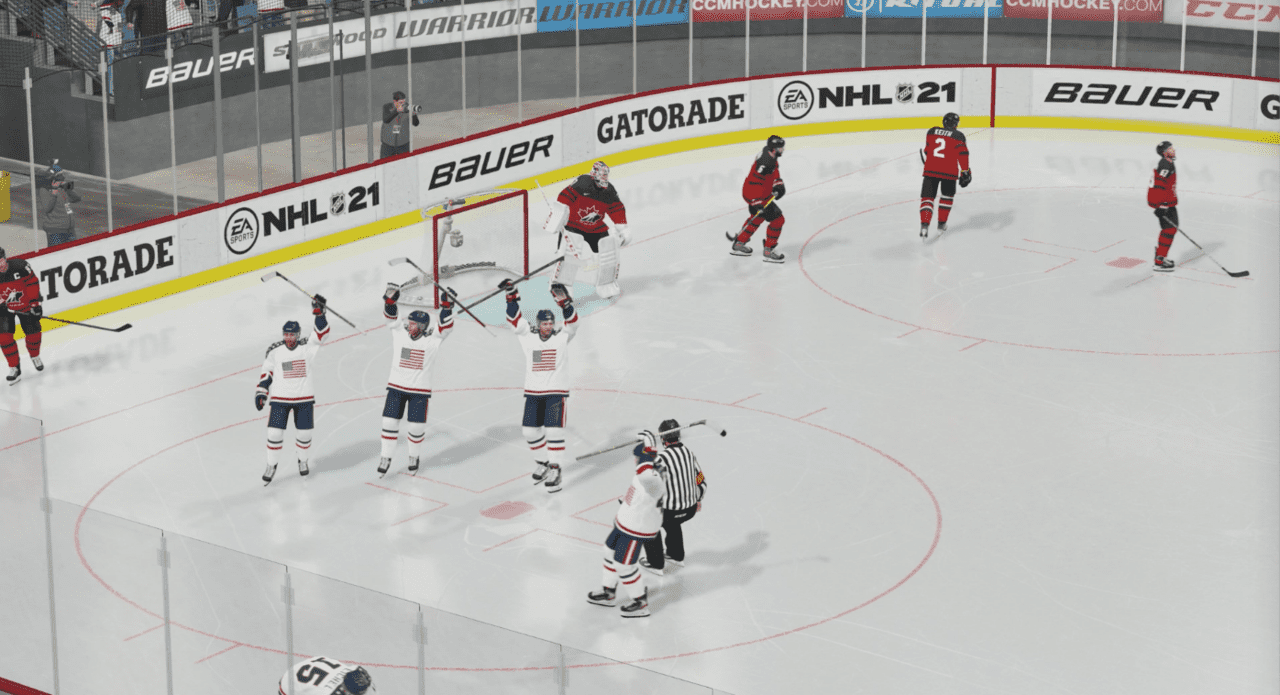
Also of note, your AI teammates, along with defenders, are smarter and more capable this year. In comparison to NHL 20, I found the AI to make better choices and skate together at a more capable level, and this contributes to making NHL 21 feel even more authentic to the sport.
AI goalies are smarter in NHL 21, too–they get into position and reading shots better than last year, and as a result I found myself scoring fewer “cheap” goals, which helps make the game feel more true-to-life. The sloppy goals from previous games can still happen, but I experienced fewer of them in NHL 21. Several new desperation animations for goalies have been added this year, too, and they elicit some jaw-dropping sequences just as they do on a TV broadcast.
There is still some weirdness to be found in NHL 21’s gameplay. Player models do not always react to the action on the ice in a natural-looking way–there can be horror-show clips of players knocking into each other and limbs bending in inhuman ways, for example. And it’s disappointing that the player models and the crowd animations are largely unchanged from last year. But these shortcomings are few and far between, and they don’t negatively affect the experience in a consequential way.
Excellent Controls And Detail
The controls in NHL 21 are once again phenomenal. Using the recommended skill stick controls, the gamepad feels like an extension of your stick, and the controls feel intuitive and simple to grasp across the wide variety of moves you can perform. In particular, I found that poke checks are remarkably represented in NHL 21, providing a fine level of control to break up passes and give your opponents headaches as they try to enter the zone or make a move.
Elsewhere, NHL 21 delivers subtle improvements to the presentation that help the game look and perform more realistically. Jerseys generally look more like the real deal, featuring crinkles on them that give the appearance that they are actually worn instead of just slapped onto the character model. The animations, too, appear smoother this year, especially the backskating and pivoting animations that are fluid almost to a level of a TV broadcast. Some of the skating animations are still a bit wonky, but for the most part NHL 21 has a stunning package of realistic-looking animations that ice hockey fans will appreciate.
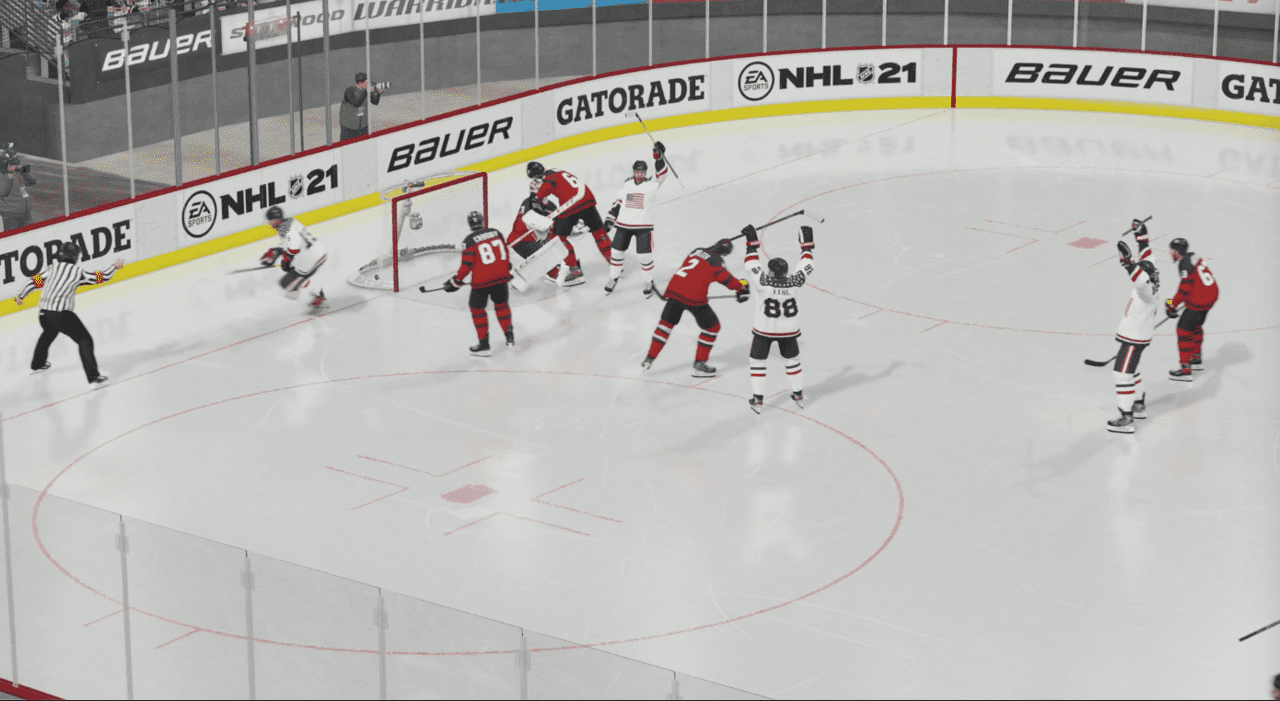
The attention to detail in NHL 21 is impeccable and makes the game feel like a true representation of hockey culture. PA announcers during intermissions talk about hot dog giveaways, commentators James Cybulski and Ray Ferraro have an excellent rapport and effectively balance being informative and entertaining at the same time. The way a player looks over their shoulder when entering the circle for a faceoff, how the crowd noise crescendos into a roar during the third period when the game is close, and how the ice creaks and cracks when playing on ponds are just a few examples of how NHL 21 successfully captures the spirit of hockey by getting the small details right.
HUT Rush
In addition to the updated Be A Pro, the other biggest new addition for NHL 21 is the HUT Rush mode, which is a great addition to the Hockey Ultimate Team mix. A less serious, more arcade-style mode, HUT Rush challenges you to rack up the highest score by completing skill moves and chaining them together for multiplier points. HUT Rush makes you play differently–no longer are you trying to score goals the basic way, because that won’t be good enough.
In HUT Rush, it’s all about playing with style and using the new skill moves to do so. HUT Rush ties into the new skill moves nicely, providing an avenue for which to put the new skills to good use. There is a social competition element to HUT Rush as well, as your high scores go on a leaderboard that resets weekly, and I found myself coming back just in the first week to see how my stats compared to the global playerbase.
Hockey Culture
There are a multitude of modes to play in NHL 21 depending on what kind of experience you want, and I enjoyed the variety. Beyond the traditional 5v5 mode and the aforementioned HUT Rush and Be A Pro, the Threes and Ones modes return, and they remain as engaging and fun as ever with their less serious, more stripped-down mechanics. World of Chel returns as well, and this online mode succeeds in creating a hub of sorts for you to create a character and develop them. In World of Chel, you compete against other human players with leaderboards, a battle pass-style cosmetic system, and other progression rewards that represent the carrot to keep chasing. Hockey Ultimate Team offers literally hundreds of challenges to take part in, and this is before you even begin competing with other humans in online versus modes.
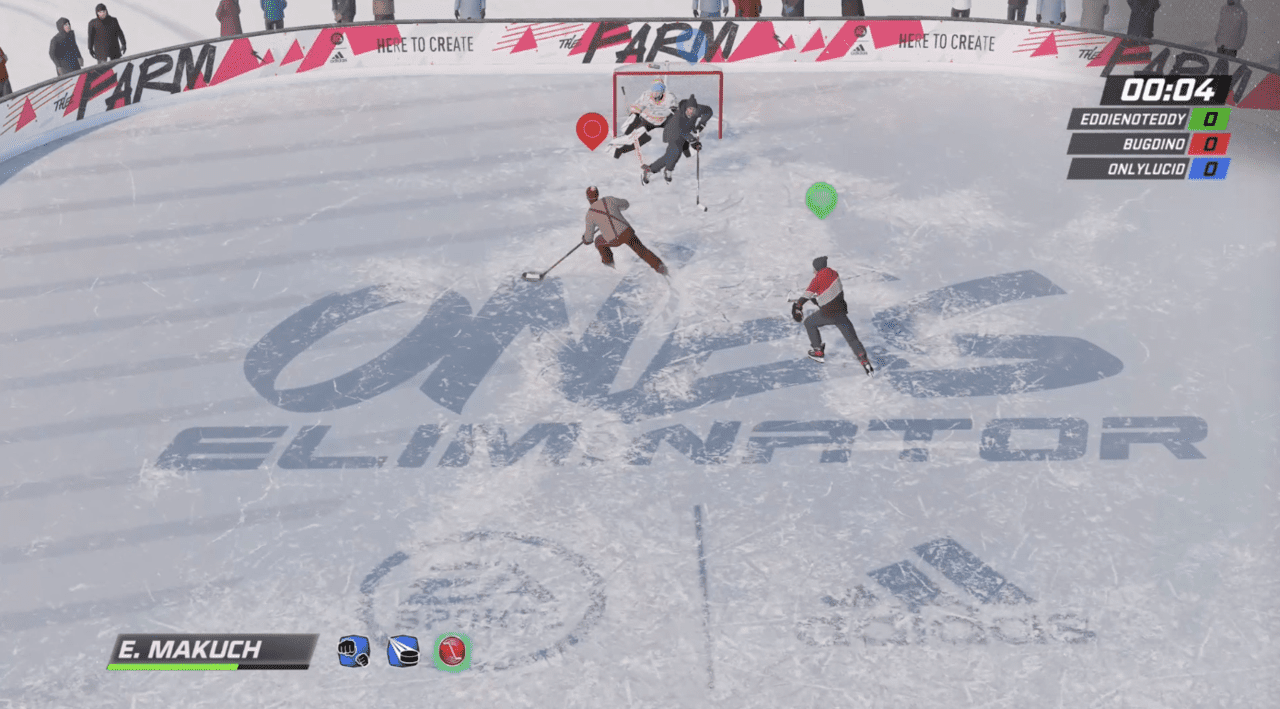
The Franchise mode, however, sees only minimal updates–the main new feature, a trade deadline simulation, doesn’t end up feeling very satisfyingly tense and demanding as you race to make trades against the clock. That said, Franchise remains a very strong offering that lets you live out the fantasy of being an NHL GM as you make all manner of choices to help your team succeed, from identifying draft picks, to maintaining and repairing the toilets in your stadium’s bathrooms, to keeping your fans happy. You need to manage just about everything, and it can be a real head-scratcher to have to make decisions that might be good for your organization but bad for player morale. In that way, it feels realistic and true to the experience of the dilemmas that a real NHL GM might face.
Simply put, NHL 21 represents a gigantic offering with each distinct part bringing something to the table that shows off a different corner of the hockey world and its culture. And speaking of culture, NHL 21 introduces new banners that pop up to tell you that offensive team names and other toxic behavior will not be tolerated. Further, NHL 21 has built-in player-reporting tools, so you can quickly and easily report offensive user-created team names you may come across. The NHL video game series and the sport it’s based on is known to have a diversity and toxicity problem, and it’s good to see EA take a step in the right direction to weed out some of the bad actors. However, with the game’s online modes only just getting properly populated now, it’s too soon to say if these reporting tools will be effective in thwarting bad behavior.
NHL 21 is a fantastic ice hockey game that pushes the series forward with an enjoyable, engaging story mode in Be A Pro and a flashy, arcade-style way to play with HUT Rush. The new skill moves are a welcome addition to the mix to give players new ways to be slippery and keep defenders guessing, but the best part of NHL 21 is its solid foundation thanks to its excellent controls and presentation package that is getting even closer to mirroring a TV broadcast.

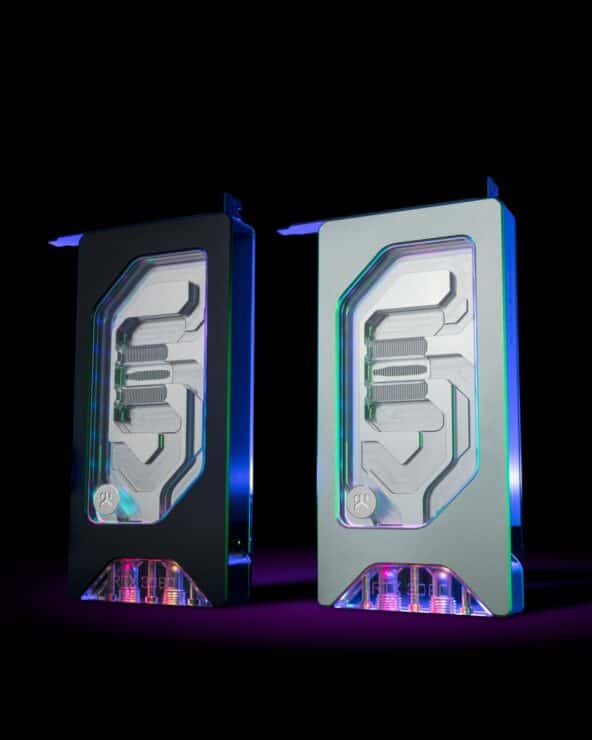
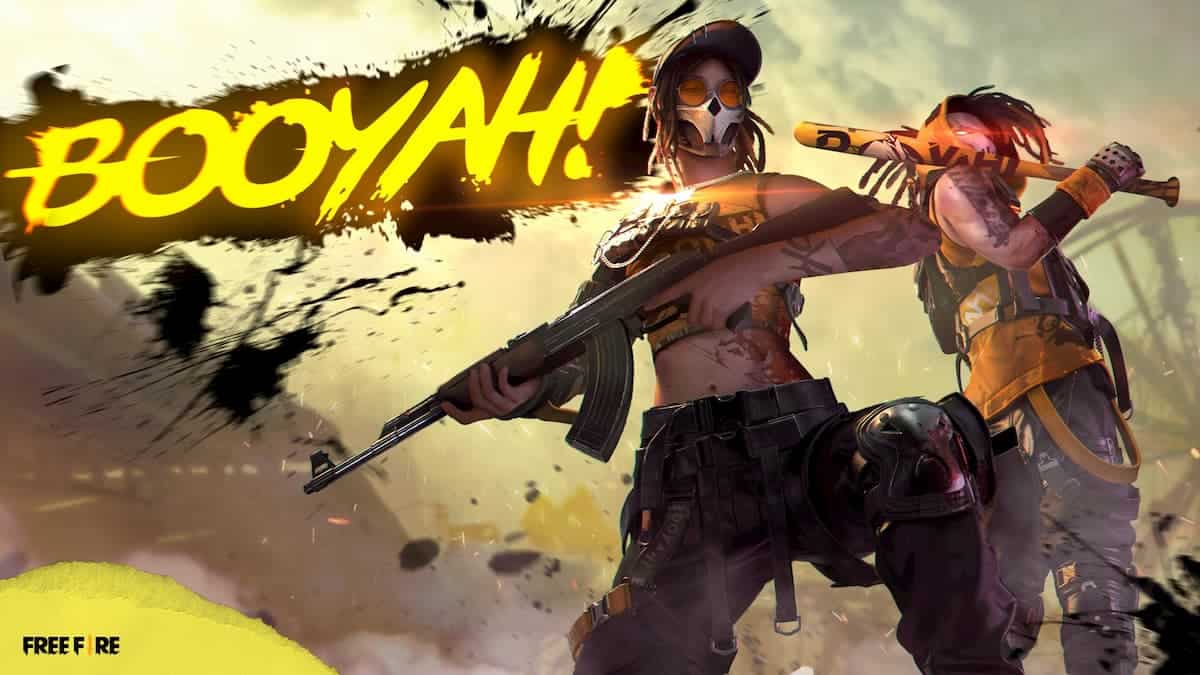
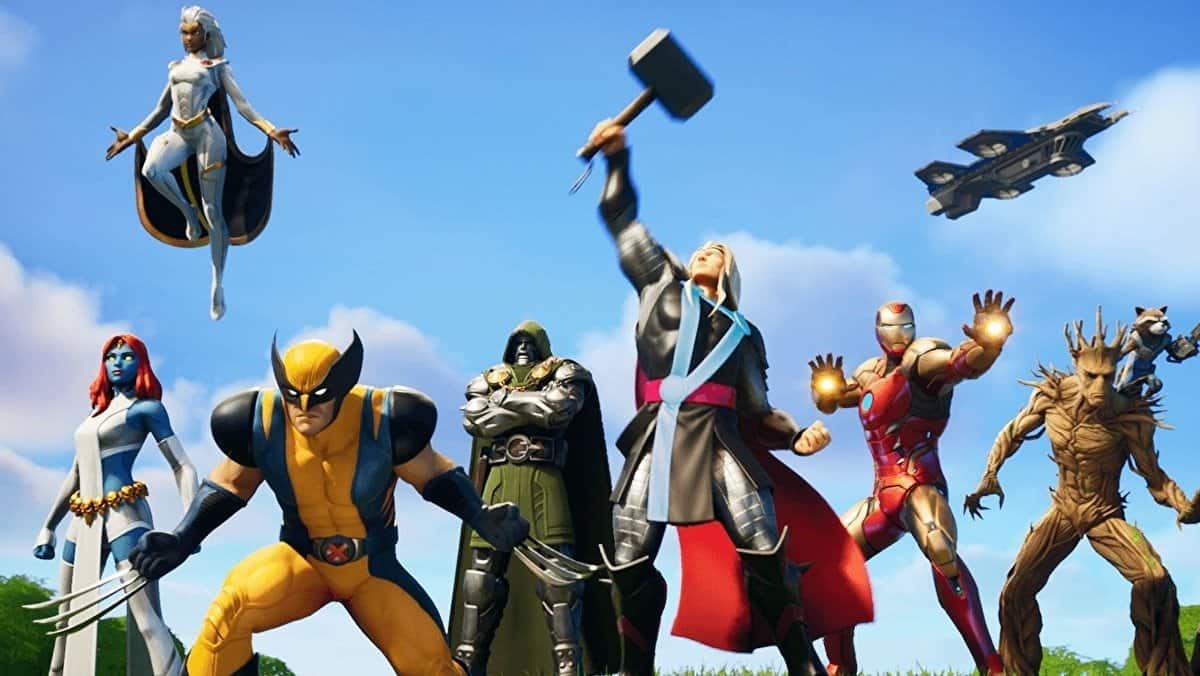

More Stories
Firefighting Simulator – The Squad review — Through the fire and the shame
Maid of Sker review — Death in the slow lane
PHOGS! review – It’s a dog-help-dog world out there